This article was published in Scientific American’s former blog network and reflects the views of the author, not necessarily those of Scientific American
Much to the dismay of habibis worldwide who believe they are deserving of the title, the best dates might, in fact, be growing on palms in the Siwa Oasis. Their praises have been recorded since pharaonic times, and their taste has continued to be extolled for centuries.
Throughout history, the dates of Siwa have been an integral part of its cuisine and culture--a culture that could potentially go back millions of years. Archaeologists discovered what might be the oldest human footprint ever in Siwa in 2007, estimated to be two to possibly three million years old. Located about 50 kilometers east of the Libyan border in the Sahara Desert, Siwa is part of modern day Egypt.
Though it’s known as Siwa today, prior to the fifthteenth century, it was called Ammonium--which probably sounds like a place filled with the univalent chemical ion NH4+ --and it sort of was. The oasis’s inhabitants, known as Ammonians, coexisted amongst an ample amount of ammonium. Its name stems from the Latin sal ammoniacus, meaning “salt of Ammon” named so because it was found near the temple of Ammon and its ancient oracle.
On supporting science journalism
If you're enjoying this article, consider supporting our award-winning journalism by subscribing. By purchasing a subscription you are helping to ensure the future of impactful stories about the discoveries and ideas shaping our world today.
In its time, the Oracle of Ammon was as revered as the Oracle at Delphi and its divine insight was sought by pilgrims from all over the classical world. Not all those traveling to the oracle of Ammon were successful in their journey. In 524 BC, King Cambyses of Persia dispatched an army of 50,000 men to destroy the Siwan oracle but never made it. It’s still unclear what happened to them; Herodotus describes this journey in The Histories:
But this is what the Ammonians themselves say: when the Persians were crossing the sand from Oasis to attack them, and were about midway between their country and Oasis, while they were breakfasting a great and violent south wind arose, which buried them in the masses of sand which it bore; and so they disappeared from sight. Such is the Ammonian tale about this army.
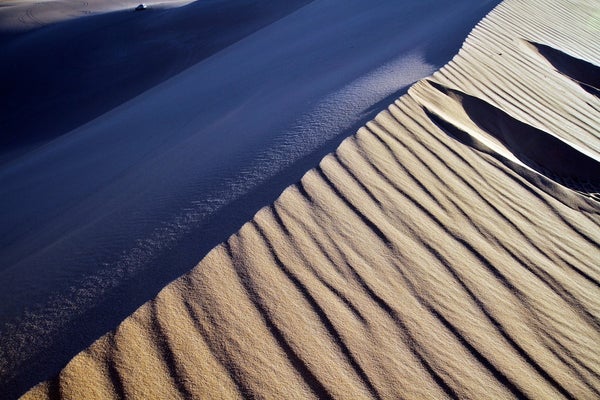
Over two centuries later, Alexander the Great made a journey to Siwa. His party got lost on the way and exhausted its water supply. They may have suffered the same fate as Cambyses’s army had it not been for some unseasonal weather or, as some might say, divine intervention. According to historian Callisthenes, they were saved by a rainstorm and led to the Temple of the Oracle by two crows.
The oasis remained relatively isolated for the next two thousand years. The first European to reach Siwa after Roman times was the British traveler William George Browne in 1792. A limited number of European explorers followed, including Count László Almásy, who traveled there on a quest to find the remains of Cambyses’s army. In Michael Ondaatje’s novel inspired by Almásy’s life, the English Patient tastes a Siwan date and wonders, “What great nation had found him. What country invented such soft dates to be chewed by the man beside him to be passed from that mouth into his.”
In 1985, a road was constructed between Siwa and Marsa Matruh, a seaport on the Mediterranean. The highway accelerated change, introducing electricity and some technology to the area. It also connected Siwa to the outside world, and brought a way for those curious to access and explore the cultural heritage within Siwa.
Despite the introduction of the road, donkeys are still one of the main modes of transportation and contrasts between modernity and tradition, foreign and local, old and new can be seen throughout the oasis:
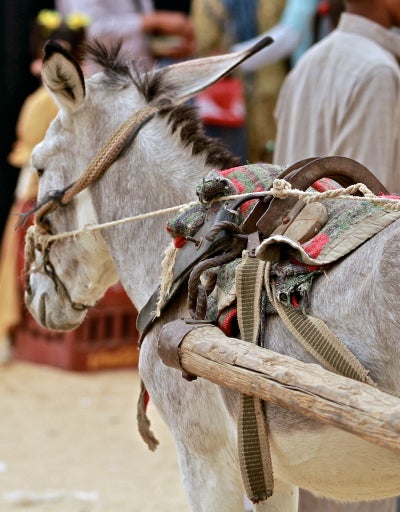
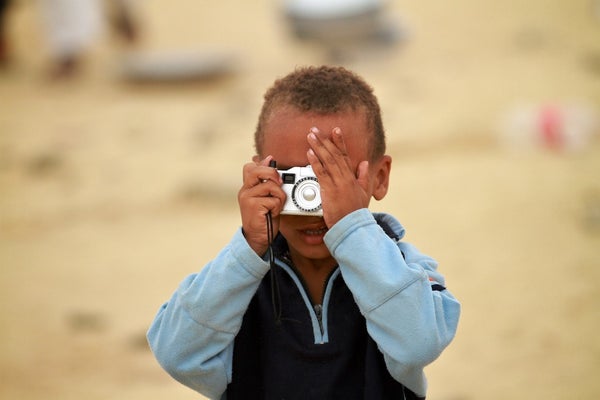
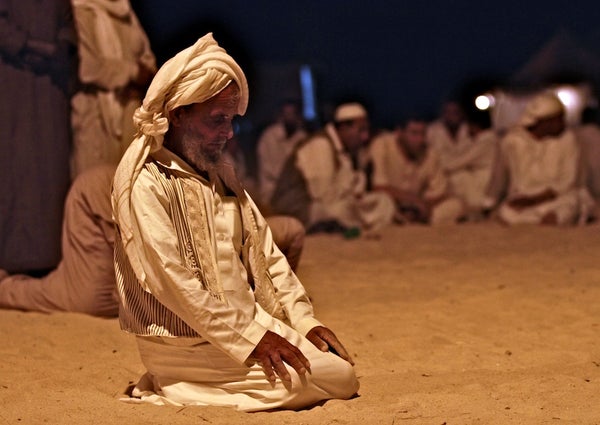
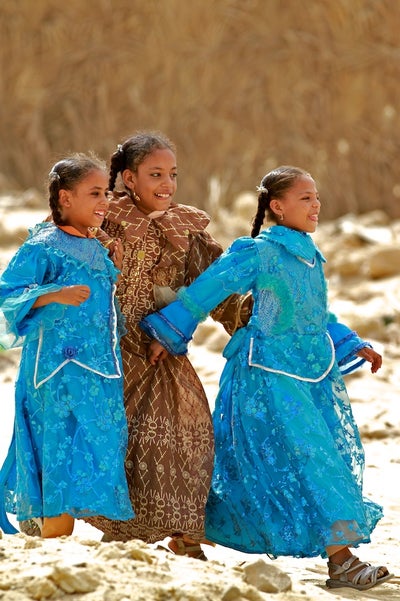
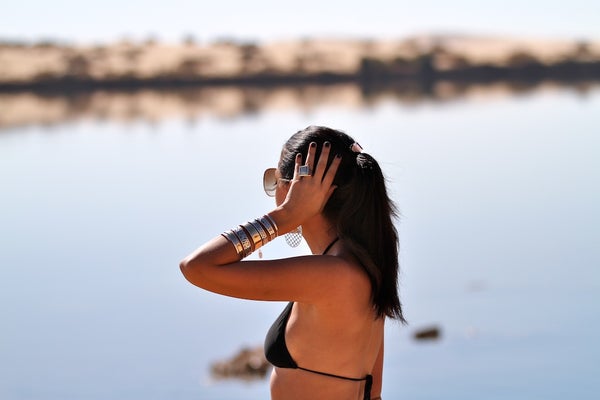
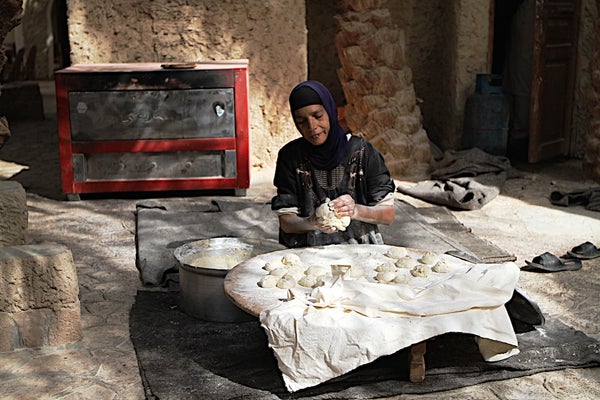
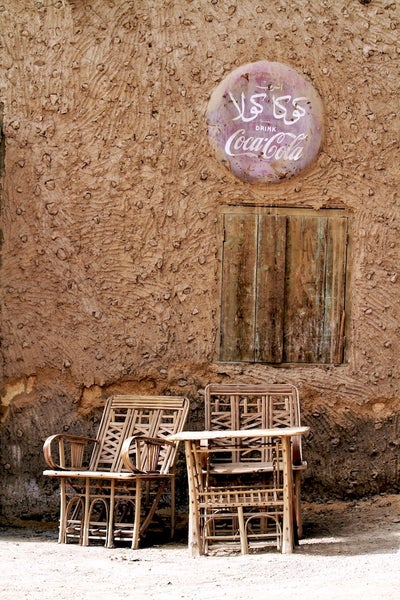
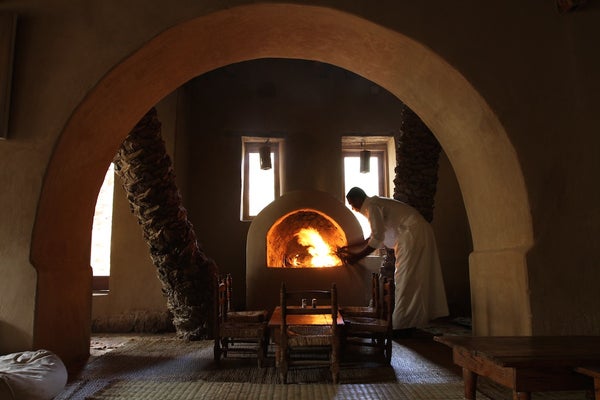
World renowned conservation scientist and recipient of the MacArthur Genius Award, Gary Nabhan, visited the region between 2004 and 2006. He compared previous photographic records and notes from Robert Humphrey Forbes (1919), C. Dalrymple Belgrave (1924), and Ahmed Fakhry (1968) with the data he gathered to track changes in Siwa’s agro-biodiversity throughout the years. He found shifts in agriculture have occurred throughout the oasis for varying reasons, including accessibility--the road has made it easier to transport and introduce exotic nursery stock. Cost of labor has also contributed. Since it is significantly lower than in Europe, Kalamata olives are now intermingled with Siwa’s own local varieties, grown to be exported and sold. Other factors, like the increase of visitors has also changed the region's biodiversity. In an effort to cater to tourists’ palettes, an increased variety of non-regional produce has been brought in to supply some of the hotels and restaurants.
Although they are still Siwa’s most prominent crop, Nabhan also found changes within the varieties of date palms in Siwa. He writes, “Some historic reports claim that Siwan Berbers once grew dozens of folk varieties of dates, which their Awlad Ali Bedouin neighbors harvested and transported to Cairo and Alexandria. In 1832, travelers reported that as many as nine thousand camel loads of dates left Siwa for the Nile each season; a century and a half later, just before the paved road arrived in Siwa, the Bedouins had their camels carry ten thousand loads of dates across the desert to their traditional markets along the Nile.” In his research, Nabhan estimated just five date varieties dominate Siwa’s plantings now, with only two--sai’idi and tagtaggt--used for export in Egypt and abroad.
Several of Siwa’s folk varieties of dates have been added to Slow Food’s Ark of Taste, their international catalog of endangered heritage foods. In addition to risking extinction, the foods must be part of the region’s local memory and tradition. The Ark consists of 800 items from 50 countries, including regional specialties like Chilean white strawberries and Altamurana sheep from Puglia. Slow Food works in partnership with local organizations and farmers to increase production and consumption of the endangered foods.
Once a stop on the ancient date trade route, dates have been integral to the Siwan community’s diet and economy for thousands of years. Due to its inaccessibility and centuries that lacked outside influence, its inhabitants--primarily of Berber descent--have a culture and language exclusive to the region. Siwa’s location has lent itself to creating both a distinct culture and unique varieties of dates. It’s said the area’s unique composition of saline soil and mineral waters give the dates their distinctly sweet and exceptional taste.
“The thing about date palms is that they have so many uses other than just the dates and this makes them a very important crop to people living in the oasis. The whole tree is used--everything in it,” says biologist and president of Slow Food Cairo, Sara El Sayed. Fronds are used for brooms, beds, boxes, and other types of furniture, while the trunk itself is used in roofing and structural supports for houses.
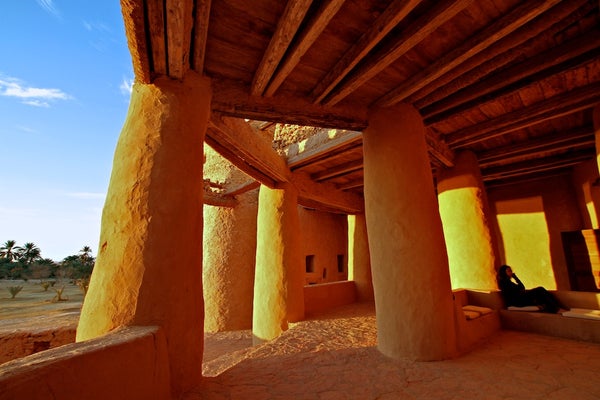
They also play a critical role in Siwa’s agriculture, El Sayed tells me. “What the dates do is that they’re really able to, in a way, fertilize soil that would otherwise be quite infertile because the desert has little compost, low humidity, and very few nutrients.” The canopy provides the right amount of shade to balance out the intense desert sun and the palms protect the crops growing beneath them by blocking against strong winds during sandstorms.
The Proustian madeleine might be the most quintessential example of how food and memory can be intertwined--a simple taste that resulted in a flood of memories. In her book, Edible Memory: The Lure of Heirloom Tomatoes and Other Forgotten Foods, sociologist Jennifer Jordan focuses on memory and how food is connected to traditions. She tells me using the concept of an edible memory is a way to invest meaning into food. It could be something from childhood and doesn’t necessarily involve recipes or foods that are hundreds or thousands of years old--she has a particular edible memory that came from spending time with her grandmother in her kitchen, making a spice cake from a store bought mix.
Jordan says heirloom foods are another form of edible memory; they present a way to connect to a more distant historical past. She explains, “In some cases they are literally family heirlooms, handed down from one generation to the next, while in other cases they may be quite unfamiliar to a given consumer, but particularly appealing because of a story that connects them to past ways of life.”
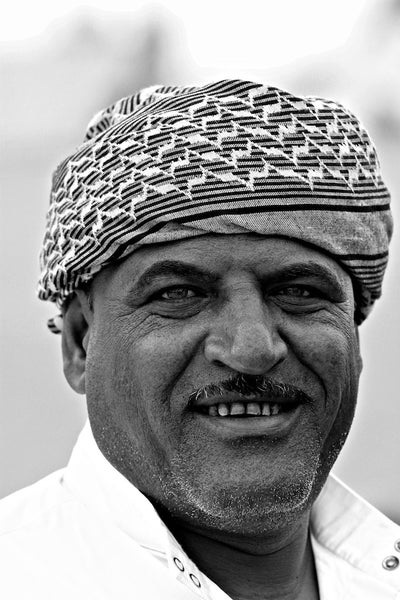
Dates are one of the foods that create edible memories in Siwa. They are eaten fresh or dried, used in sweet and savory dishes, and made into pastes and syrups to thicken and flavor sauces. Some of the most traditional ways to serve dates are with goat meat or to combine them with eggs and olive oil for breakfast. As a dessert, tagilla is made by combining flour, olive oil, and water with dates, then the mixture is stirred almost constantly and slowly cooked for hours.
There are many reasons heirloom fruits and vegetables can become endangered or extinct, El Sayed explains. Production may be too intensive or they may not be as commercial as other varieties. For example, some varieties of dates spoil faster than others, so it’s not economically viable to package and transport them. In some cases, they may just fall out of fashion.
It may sound counter-intuitive but, fortunately for food lovers, the best way to save Siwan dates and many other heirloom foods risking extinction is by eating them--something both locals and visitors can do. As Jordan mentioned, the appeal of heirlooms isn’t limited to those whose past can be traced through them; it can extend to those enticed by the unknown--those curious to explore and experience a place like Siwa. She says, “There are people who happily eat the same thing everyday, and others who relentlessly seek out the new, pursue the Nervenkitzel, that tickle of the nerves (in German) that comes from a new aesthetic or culinary experience.”
Siwa’s cultural and geographical landscape continues to evolve; one way locals and visitors can get a taste of the oasis is through its heirloom dates. “The very same date could be the food of childhood memory for residents of Siwa, and a deeply unfamiliar tickle of the nerves to visitors,” Jordan tells me. “So people’s tastes in foods shape what they reach for (new or old, familiar or unfamiliar), and those tastes also shape the landscapes that produce those foods--whether apple orchards and tomato patches, or the date palms of Siwa.”
Image Credits: All photos are from Siwa Oasis in Egypt, courtesy of Khaled Shokry. See more of his work and learn more about Siwa in the book Siwa: Legends & Lifestyles in the Egyptian Sahara.